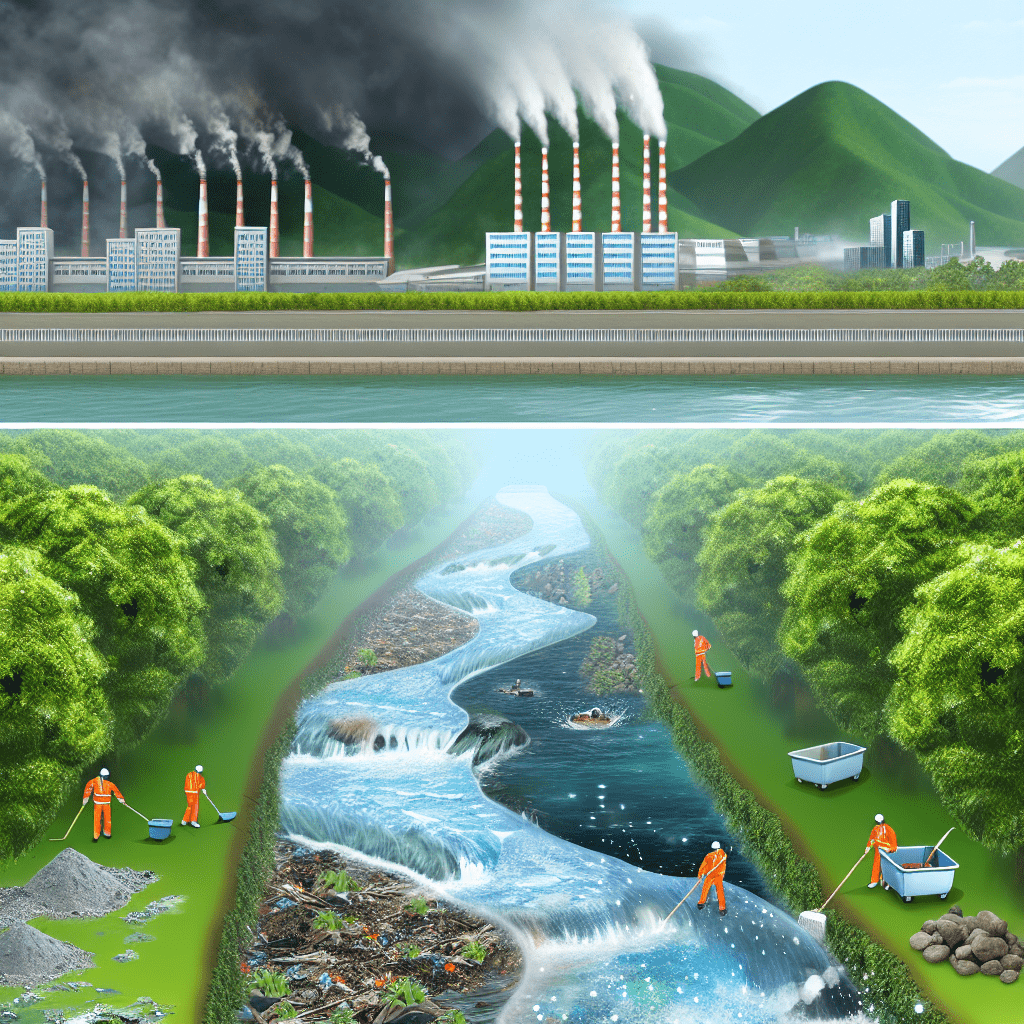”
China, home to numerous rivers and lakes, grapples with substantial water quality issues. This article explores these challenges, their origins, and proposes potential strategies to ensure clearer, safer water supplies.
Water quality problems in China predominantly emerge from industrial pollution, agricultural runoff, inadequate wastewater treatment facilities, and the intensifying impacts of climate change.
Significant pollutants in Chinese waters include heavy metals, harmful chemical residues from industries, untreated sewage, and surplus nutrients, leading to the proliferation of harmful algal blooms. These contaminants impose severe health risks, disrupt the balance of the complex aquatic ecosystems, and stretch water treatment facilities’ limits.
While the Water Pollution Prevention and Control Law and the Environmental Protection Law form the backbone of China’s regulatory framework, persistent water quality concerns necessitate more integrated and sustainable strategies.
Addressing China’s water quality requires strict regulation on industrial and agricultural pollutants, substantial investment in modern wastewater treatment technology, the advocacy of sustainable farming practices, and resilient water management strategies.
Moreover, elevating public awareness and participation is paramount in this endeavor. Nationwide campaigns promoting water conservation, curbing pollution, and underscoring the importance of clean water can facilitate significant societal behavioral changes.
In conclusion, although the path towards improved water quality in China is arduous, with firm policy implementation, technological advancement, and active public involvement, China can transition from polluted rivers to crystal clear streams.
By FountainGO!

